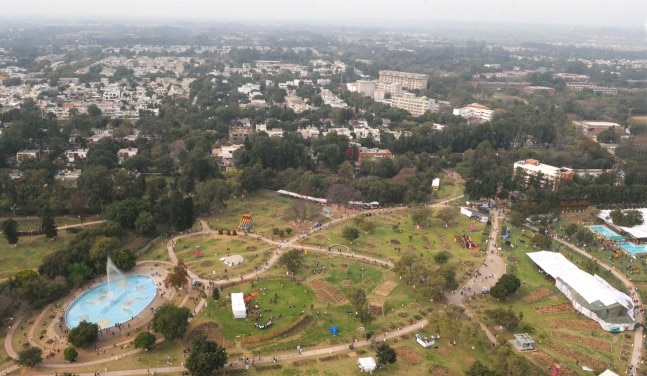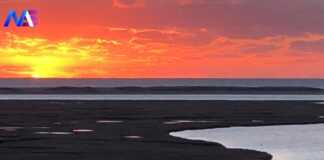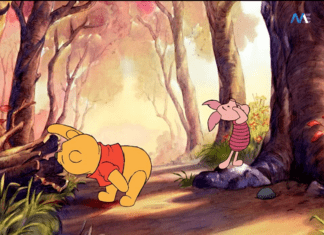India has 8 union territories- Jammu and Kashmir, Ladakh, Chandigarh, National Capital Territory (NCT), Dadra and Nagar Haveli and Daman and Diu, Lakshadweep, Puducherry, and Andaman and the Nicobar Islands. While Jammu and Kashmir were transformed and bifurcated into two Union Territories, Dadar and Nagar Haveli and Daman and Diu were combined to form one Union Territory. A union territory is an administrative division in the Republic of India. Union territories, unlike states, are federal territories that are either partly or wholly governed by the Central Government of India.
Here are some unknown facts about union territories that you should know:
- Out of 8, only 3 union territories have their government.
Delhi (which is also known as the National Capital Territory), Puducherry, and Jammu and Kashmir have their own elected legislature and a Chief Minister for the Union Territory. - Union territories have special rights and status due to their constitutional formation and development.
The status of “union territory” may be allocated to an Indian sub-jurisdiction for reasons such as safeguarding the rights of indigenous cultures, avoiding political turmoil related to matters of governance, and so on. Due to these reasons, many union territories have special provisions allotted to them. These union territories could be converted to states in the future for more effective administrative control. - Jammu and Kashmir is the only union territory to have a floating post office.
The fascinating floating market of Srinagar on Dal Lake attracts a large number of tourists. The most mind-boggling feature of Dal Lake is that it will provide you a soul-captivating view of the majestic snow-capped Himalayas. The world’s only floating post office is also on Srinagar’s Dal Lake. The post office is inside a houseboat and it has a museum too.

- Chandigarh is the capital of two states.
Chandigarh as a Union Territory was created on November 1, 1966, when the Indian Punjab was reorganized along linguistic lines into two new states- Haryana and Punjab. Ridden between Haryana and Punjab, the city of Chandigarh was named the shared capital of the two states and of the Union Territory itself.

- GST is applicable to Union Territories.
After the initiation of GST, UT-GST is applicable in union territories which are not having a legislative assembly. UT-GST is levied at par with the appropriate state GST in the rest of the country which would reduce the previous lower taxation in the union territories. - Andaman and Nicobar Islands have the largest sea turtles in the world.
Dermochelys Coriacea is the largest sea turtle in the world which is found nesting in Andaman and the Nicobar Islands.

- Lakshadweep has an important Navy base.
Kavaratti Island is the base for INS Deeprakshak since the 1980s. INS Deeprakshak was commissioned in 2012. - Puducherry celebrates Independence Day on August 16.
Puducherry celebrates Independence Day on August 16, while the rest of the nation celebrates it on August 15. It is because the territory of Puducherry was liberated from French rule after 15 years of Indian independence on August 16, 1962. - Delhi houses the country’s largest and fastest-growing retail industries.
Delhi is India’s one of the biggest commercial hubs. The National Capital Territory is now becoming home to most of India’s retail industries.

- Commercial fishing is banned in Andaman and the Nicobar Islands.
In order to preserve the environment and prevent exploitation, commercial fishing is banned in Andaman and the Nicobar Islands. - There is no Sector 13 in Chandigarh.
This is because of the layout of the city in which the sum of adjacent sectors is divisible by 13, on any road dividing the sectors, as well as parallel to Madhya Marg. - Delhi has a museum for toilets.
The Sulabh International Museum of Toilets in New Delhi is made for just toilets. The progression of toilets and how hygiene and sanitation have been tackled over the ages are concentrated on in this unique museum.

- Lakshadweep could have been a part of Pakistan.
With the Muslim majority at the time of independence, Lakshadweep might as well have been demanded by our neighbors. But the vision of Sardar Patel and the quick work of the Indian Navy led to the island being calmly claimed by India before Pakistan could step foot on it. - Dadra and Nagar Haveli attained independence without any armed forces.
It was the civilians who kicked the Portuguese out of their territory. They attacked a police station in Dadra and took control of the territory by making the Portuguese surrender. - Daman and Diu have the lowest sex ratio.
The ratio is 618 girls out of 1000 boys which makes Daman and Diu the lowest in sex ratio.

If you would like to know more about union territories and states, you can click here to check out traditional dresses of various states of India.





















